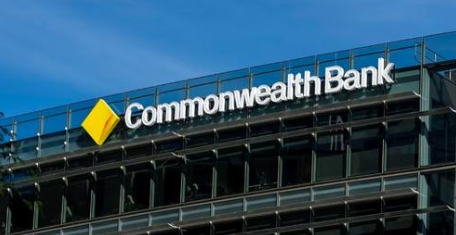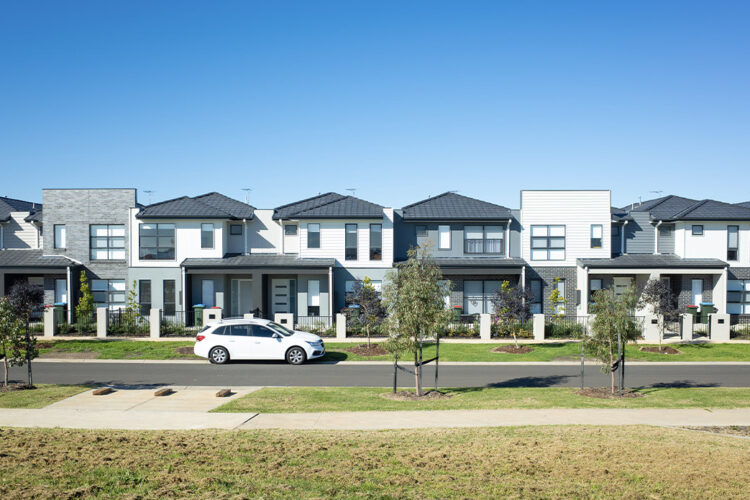These days, achieving the great Australian dream requires a great deal of stretching and penny pinching, but new analysis indicates it could soon be largely out of reach for the average Aussie making their way onto the property ladder.
According to financial comparison site Canstar, Australian home ownership could become largely unachievable should property prices continue their current trajectory and grow 5.8 per cent annually. At that rate of growth, the average Australian first home buyer’s savings will not be able to match the pace of property price growth, drastically reducing the number who are able to get onto the property ladder.
Following an interest rate and cost-of-living inspired housing downswing in 2022, CoreLogic’s September Home Value Index revealed the nation’s housing has recently recouped the entirety of the losses incurred during the downturn.
Over the ninth month of the year, Australian home values climbed 0.8 per cent as part of a 2.2 per cent quarterly increase and 3.9 per cent annual rise. Aside from Darwin, the market indicated every Australian capital city reported price gains throughout September, highlighting the sustained market recovery experienced throughout 2023.
If this growth continues apace, those who are saving for their first home now could essentially be two-quarters of similar growth away from seeing their home ownership dream burn out.
Canstar’s survey of over 1,000 first home buyers found they are saving on average $1,605 per month towards their deposit. It found that, on average, saving this level of funding into a savings account earning an average interest rate of 3.68 per cent could see first home buyers’ savings outpaced each year by property price growth for the capital cities should prices rise by 5.8 per cent annually.
But, while recently surging prices may paint an ugly picture for Australian first home buyers, Canstar’s research offers some hope. It found that over the past decade, the annual property price growth in Australian capital cities has been less than 5.3 per cent, meaning the rate of growth required to crush FHB’s home ownership dream might not eventuate.
Canstar’s editor-at-large and money expert Effie Zahos believes the “problem for first home buyers can often be that they are chasing their tails”.
And while past performance may not necessarily dictate future performance, she explained the “analysis does highlight that the average savings first home buyers are putting towards their deposit may not be enough in some capital cities to keep pace with Australian property price growth”.
The research did warn prospective first home buyers in Sydney and Melbourne may not be so lucky, with the pace of property growth expected to outpace their savings, even with FHBs in the NSW capital saving over $2,100 per month.
This is due to the fact Sydney’s prospective entrants onto the property ladder would need the city’s price growth to remain below 5.71 per cent in the future, a trend which is unlikely given the harbour city’s 10-year average growth rate of 6.3 per cent.
Similarly, Melbournian first home buyers, who save just shy of $1,300 a month, could see their deposit savings become redundant should price growth exceed 5.08 per cent – a factor which appears likely given the average annual growth in the Victorian capital over the last decade has been 5.1 per cent.
Perth appears to be the city where conditions are most favourable to first home buyer market entry. The Western Australian capital’s average annual growth throughout the last decade has been 1.8 per cent, with an annual property price increase of 5.09 per cent needed to outpace the city’s FHB savings.
Ms Zahos believes prospective first home buyers are feeling the heat from multiple fronts given “surging rents, higher mortgage rates, and rising property prices don’t make for a good savings environment”.
“Aspiring home owners could find themselves in a situation where even with deposit accounts paying a half-decent interest rate, their savings aren’t being matched by the rise in property prices,” she added.
She noted that, should property prices hit the dreaded 5.80 per cent growth mark, “first home buyers saving on average close to $1,600 each month will need to amp up their savings if they want to match the growth of property prices”.
But that’s not to say market entry will be impossible in the event this rate of growth is met, with Ms Zahos providing some alternative practices that could provide first home buyers with avenues into the market.
“The good news is that there are ways you may be able to still jump into the market if your deposit isn’t growing at the same rate as property prices,” she shared.
“Bridesmaid suburbs, opting for a unit over a house and home guarantee schemes are all ways you may be able to buy a property with a smaller deposit.”
Recently published data from InfoTrack found first home buyers in NSW are hunting units and strata owner-occupied properties in droves, with the dwelling group making up 48 per cent of the state’s FHB activity throughout the third quarter of 2023.
On top of this, prospective first home buyers could “set [their] finances up to maximise [their] borrowing capacity”.


